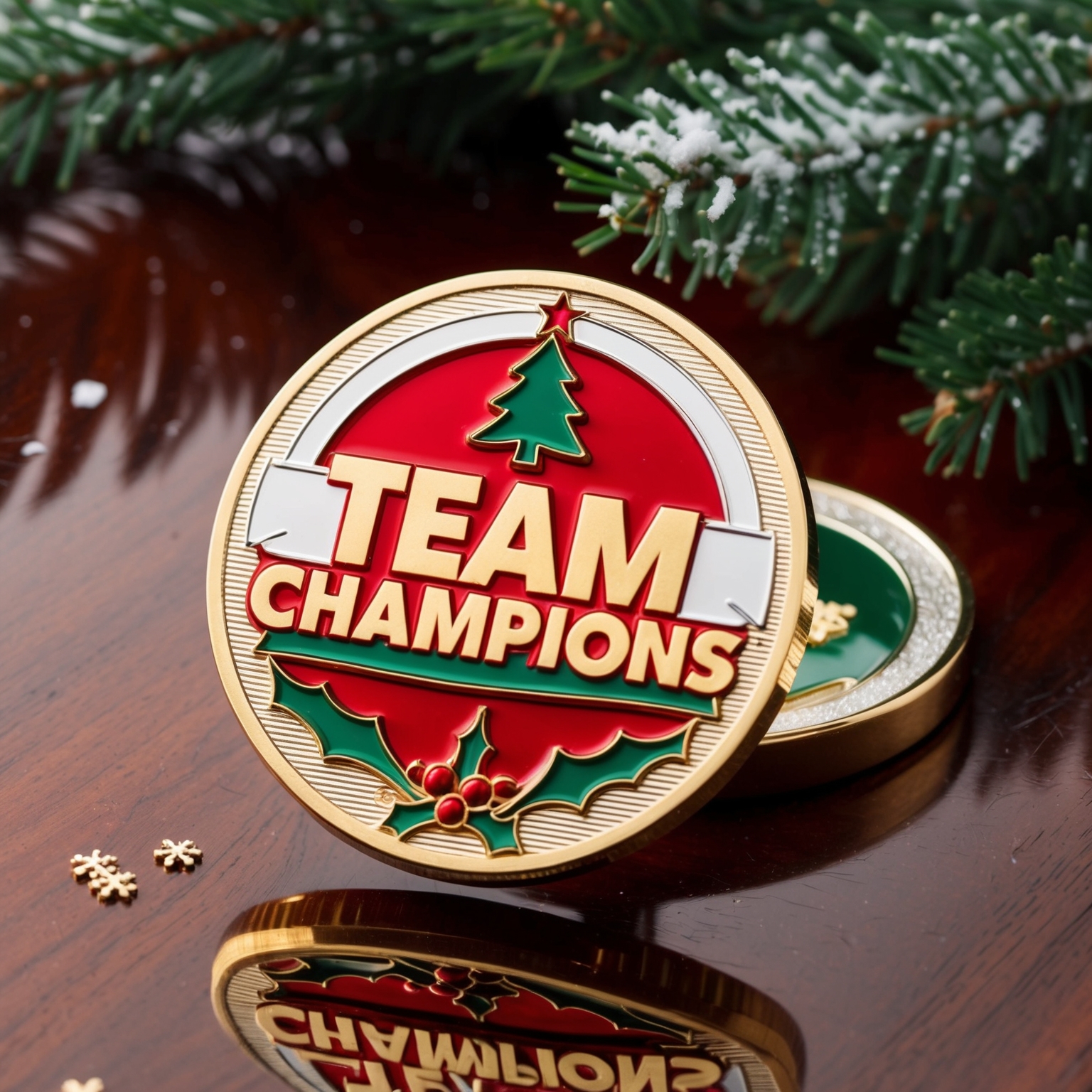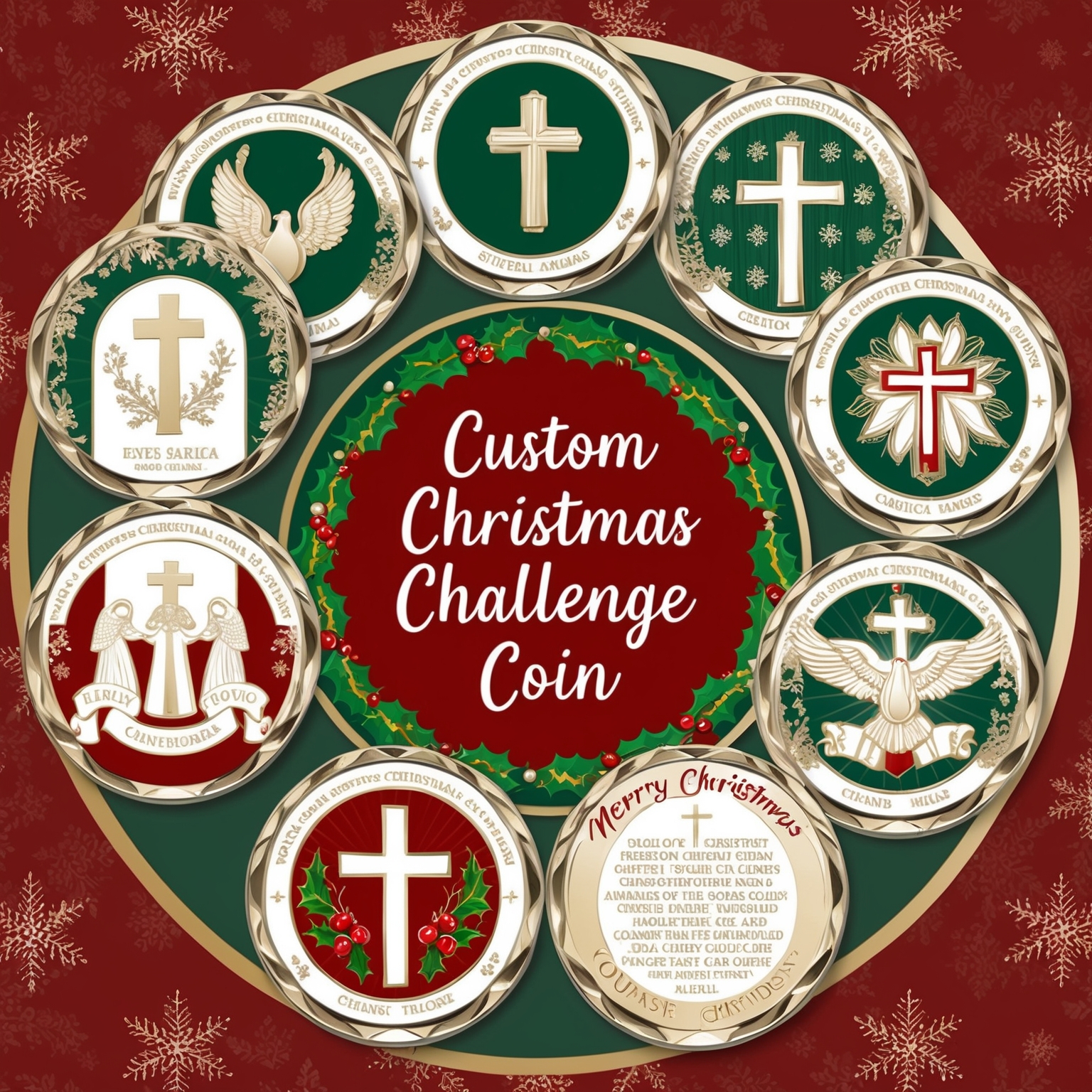Designing challenge coins that reflect local values and symbols is both an art and a science. These coins are not just physical objects; they are symbols that embody the spirit, history, and culture of a community. Whether for a local government, a community organization, or a public service group, challenge coins offer a unique way to celebrate and honor the identity of a place and its people. In this article, we will explore the intricacies of how to design challenge coins that truly capture the essence of a community, highlighting the importance of local symbols, values, and heritage in the design process.
We will also dive into the best practices for creating these meaningful tokens, offering tips on everything from choosing the right materials to incorporating community input. As we progress, you’ll learn how to make challenge coins that are not only visually striking but also resonate deeply with those who receive them, fostering a sense of pride and connection within the community.
Understanding the Role of Challenge Coins in Communities
Challenge coins have a long history, initially rooted in military traditions as tokens of camaraderie and recognition. Over time, their use has expanded beyond the military to include a wide range of organizations, including local governments, community groups, and public service organizations. Today, challenge coins serve as powerful symbols of identity, values, and achievement.
In a community context, challenge coins are used to recognize local heroes, commemorate significant events, and celebrate the unique identity of a place. These coins often become cherished keepsakes, serving as tangible reminders of the shared experiences and values that bind a community together. When designed thoughtfully, challenge coins can help to strengthen community bonds, instill pride, and preserve local heritage.
The Importance of Reflecting Local Values and Symbols
To design challenge coins that truly resonate with a community, it’s essential to incorporate local values and symbols into the design. These elements are what make the coin unique and meaningful to the people who live in the community. A well-designed challenge coin should tell a story—one that reflects the history, culture, and aspirations of the place it represents.
Local Values: The Heart of the Community
Local values are the principles and ideals that define a community. They are the beliefs and practices that guide how people live and interact with one another. When designing a challenge coin, it’s important to consider what values are most important to the community. These might include values like unity, resilience, service, and tradition.
For example, a community that prides itself on its history of volunteerism might design a challenge coin that celebrates this spirit of giving. The coin could feature symbols related to service, such as hands clasped in solidarity or a tree representing growth and support. Similarly, a community that values environmental stewardship might choose to incorporate symbols of nature, such as a river, tree, or local wildlife, into their coin design.
Local Symbols: Capturing the Essence of Place
Local symbols are visual representations of a community’s identity. They can include anything from landmarks and historical buildings to local flora and fauna. These symbols are powerful tools for storytelling, as they provide a direct connection to the place the coin represents.
When selecting symbols for a challenge coin, it’s important to consider what elements of the community are most iconic or meaningful. For example, a coastal community might feature a lighthouse or a seabird on their coin, while a mountain town might choose to highlight a local peak or a species of animal native to the area.
In addition to physical symbols, it’s also worth considering cultural symbols—those elements of the community that speak to its traditions, festivals, or unique way of life. For instance, a community known for its annual music festival might include musical notes or instruments on their coin, while a town with a strong agricultural heritage might feature tools of the trade, such as a plow or a sheaf of wheat.
Steps to Design Challenge Coins That Reflect Local Values and Symbols
Designing a challenge coin that effectively captures local values and symbols involves several steps. Each step is crucial to ensuring that the final product is not only visually appealing but also meaningful to the community it represents.
Step 1: Research and Gather Input from the Community
The first step in designing a challenge coin is to conduct thorough research into the community’s history, values, and symbols. This research should involve talking to community members, visiting local landmarks, and studying the area’s cultural and historical background. Gathering input from a diverse cross-section of the community is key to ensuring that the coin reflects the values and symbols that are most important to the people who live there.
Community engagement can take many forms, from public meetings and surveys to focus groups and interviews. The goal is to gather as much information as possible about what makes the community unique and what symbols and values are most important to its identity. This input will serve as the foundation for the coin’s design, ensuring that it resonates with the people who will ultimately receive and cherish it.
Step 2: Identify Key Symbols and Values
Once you have gathered input from the community, the next step is to identify the key symbols and values that will be featured on the coin. This process involves distilling the information you’ve collected into a set of core elements that capture the essence of the community.
When selecting symbols, it’s important to choose images that are both meaningful and easily recognizable. The symbols should be closely tied to the community’s identity and should be able to tell a story at a glance. For example, a small town with a rich agricultural history might choose to feature a barn or a tractor, while a city known for its arts and culture might opt for an image of a local theater or museum.
Similarly, when choosing values to represent on the coin, it’s important to focus on those that are most central to the community’s identity. These might include values like unity, resilience, innovation, or tradition. The goal is to create a coin that not only looks good but also carries a deep meaning that resonates with the community.
Step 3: Create Initial Design Concepts
With your symbols and values identified, the next step is to create initial design concepts for the coin. This is where creativity comes into play, as you work to translate the community’s identity into a visual design. It’s important to experiment with different layouts, fonts, and styles to see what works best.
During this stage, it’s helpful to create multiple design concepts to explore different possibilities. These concepts can then be presented to community stakeholders for feedback, allowing for further refinement and improvement. When creating design concepts, it’s important to consider how the symbols and text will work together to create a cohesive and balanced design.
Step 4: Refine the Design and Gather Feedback
Once you have a few solid design concepts, the next step is to refine the designs based on feedback from community members and stakeholders. This might involve tweaking the layout, adjusting the colors, or adding new elements to better capture the community’s identity.
Gathering feedback at this stage is crucial, as it ensures that the final design will be well-received by the community. This feedback can be collected through surveys, focus groups, or public meetings. The goal is to create a design that is not only visually appealing but also resonates deeply with the community.
Step 5: Finalize the Design and Choose Materials
After refining the design based on feedback, the final step is to finalize the design and choose the materials for the coin. This involves making decisions about the size, shape, and finish of the coin, as well as the materials that will be used.
The choice of materials can have a significant impact on the look and feel of the coin. Common materials for challenge coins include metals like bronze, silver, and gold, each of which has its own unique properties and appearance. In addition to the metal, you’ll also need to decide whether to add enamel or paint to the coin to highlight specific elements of the design.
Once all the design and material decisions have been made, the final design can be sent to the manufacturer for production.
Best Practices for Designing Challenge Coins that Reflect Local Values
Designing challenge coins that reflect local values and symbols requires careful planning and attention to detail. Here are some best practices to keep in mind throughout the design process.
Focus on Simplicity and Clarity
One of the most important principles of design is simplicity. A challenge coin should be easy to understand and recognize at a glance. This means avoiding overly complex designs or cluttered layouts. Instead, focus on incorporating a few key symbols and text elements that are most important to the community. A clean, simple design is often more powerful and easier to understand.
Ensure Cultural Sensitivity
When designing challenge coins that reflect local values and symbols, it’s important to be culturally sensitive. This means being mindful of how different symbols and images may be interpreted by various members of the community. It’s important to choose symbols that are inclusive and representative of the entire community, rather than those that might be seen as exclusive or divisive.
Use High-Quality Materials
The choice of materials can have a significant impact on the final product. Using high-quality materials not only enhances the appearance of the coin but also ensures that it will stand the test of time. Challenge coins are often cherished keepsakes, so it’s important to create a product that will last for years to come. Consider using metals like bronze, silver, or gold, and think about whether to add enamel or paint to highlight specific elements of the design.
Incorporate Local Colors
Colors play a crucial role in the design of challenge coins. When designing a coin that reflects local values and symbols, it’s important to incorporate colors that are meaningful to the community. This might include colors from the local flag, school colors, or colors associated with the community’s natural environment. The use of local colors can help to strengthen the connection between the coin and the community it represents.
Balance Tradition with Innovation
While it’s important to honor local traditions and heritage in the design of a challenge coin, it’s also worth considering how to incorporate innovative elements that reflect the community’s future. This might include using modern design techniques or incorporating symbols that represent the community’s aspirations and goals. The key is to strike a balance between tradition and innovation, creating a coin that honors the past while looking forward to the future.
Case Studies: Successful Community Challenge Coin Designs
To better understand how to design challenge coins that reflect local values and symbols, let’s take a look at some real-world examples of successful community challenge coin designs.
The Boston Strong Coin
Following the tragic events of the Boston Marathon bombing in 2013, the city of Boston came together in a show of unity and resilience. To honor this spirit, a challenge coin was created that featured the phrase “Boston Strong” alongside the city’s skyline and the image of a marathon runner. The coin also included the date of the marathon and the words “We Stand Together” on the reverse side.
The design of this coin is a powerful example of how challenge coins can reflect local values and symbols. The use of the phrase “Boston Strong” became a rallying cry for the city, and the inclusion of the marathon runner symbolized the city’s determination to move forward. The coin’s design is both simple and meaningful, capturing the essence of Boston’s resilience and unity.
The San Francisco Golden Gate Coin
San Francisco is known for its iconic Golden Gate Bridge, which has become a symbol of the city’s innovation and engineering prowess. A challenge coin designed to represent the city features the image of the Golden Gate Bridge alongside the words “City by the Bay.” The reverse side of the coin includes an image of the city’s famous cable cars, further highlighting the city’s unique identity.
The use of these symbols in the coin’s design is a great example of how to incorporate local landmarks into a challenge coin. The Golden Gate Bridge is instantly recognizable and closely associated with San Francisco, making it the perfect symbol to represent the city on a challenge coin. The inclusion of the cable cars adds another layer of meaning, celebrating the city’s history and cultural heritage.
The New Orleans Jazz Coin
New Orleans is a city with a rich cultural heritage, particularly when it comes to music. To celebrate this aspect of the city’s identity, a challenge coin was created featuring the image of a trumpet alongside musical notes. The reverse side of the coin includes the words “Let the Good Times Roll,” a phrase closely associated with the city’s vibrant music scene.
The design of this coin is a great example of how to incorporate cultural symbols into a challenge coin. The trumpet and musical notes are instantly recognizable as symbols of New Orleans’ jazz heritage, while the phrase “Let the Good Times Roll” captures the spirit of the city. The coin’s design is both visually striking and deeply meaningful, reflecting the unique identity of New Orleans.
The Future of Community Challenge Coins
As the use of challenge coins continues to grow, it’s important to consider how this tradition can be preserved and enhanced for future generations. The following are some trends and ideas that may shape the future of community challenge coins.
Increased Use of Digital Design Tools
One trend that is likely to continue is the increased use of digital design tools in the creation of challenge coins. These tools allow designers to create highly detailed and precise designs, making it easier to incorporate complex symbols and images into the coin. Digital design tools also make it easier to experiment with different layouts, colors, and materials, allowing for greater creativity and innovation in the design process.
Customization and Personalization
As technology continues to advance, it is becoming easier to create highly customized and personalized challenge coins. This trend is likely to continue, with more communities opting for coins that reflect their unique identity and values. Customization allows for a more meaningful and impactful recognition experience, as the coin becomes a true reflection of the community it represents.
Sustainable Materials
As communities become more environmentally conscious, there may be a growing demand for challenge coins made from sustainable materials. This might include the use of recycled metals, eco-friendly finishes, or biodegradable packaging. Using sustainable materials not only reduces the environmental impact of the coins but also reflects the community’s commitment to sustainability.
Digital and Virtual Challenge Coins
Another trend that may shape the future of community challenge coins is the rise of digital and virtual challenge coins. As more organizations embrace digital technology, there is an opportunity to create virtual challenge coins that can be shared and displayed online. These digital coins could be used to recognize achievements or milestones in real-time, and they could be shared with a wider audience, such as community members, family, and friends.
While digital challenge coins may not replace traditional physical coins, they offer a new way to recognize and celebrate achievements in a world that is increasingly digital. This trend is likely to grow as communities look for new and innovative ways to honor their members.
Creating Challenge Coins that Connect Communities
Designing challenge coins that reflect local values and symbols is a powerful way to honor the identity and heritage of a community. By incorporating key elements such as local symbols, colors, and values, and by following best practices for creating meaningful designs, you can ensure that your challenge coin resonates deeply with the community it represents.
As the tradition of challenge coins continues to evolve, it’s important to embrace new trends and innovations that can enhance the recognition experience for community members. Whether through increased personalization, sustainable materials, or digital and virtual coins, the future of community challenge coins is bright.
By honoring local values and symbols with well-designed challenge coins, we can ensure that the identity and heritage of our communities are preserved and celebrated for years to come. These coins serve as a lasting tribute to the people, places, and principles that make each community unique, fostering a sense of pride and connection among all who call that place home.
If you are interested in designing your very own high-quality custom challenge coins feel free to call us at 855-471-6752 or fill out one of our FREE QUOTE FORMS.



